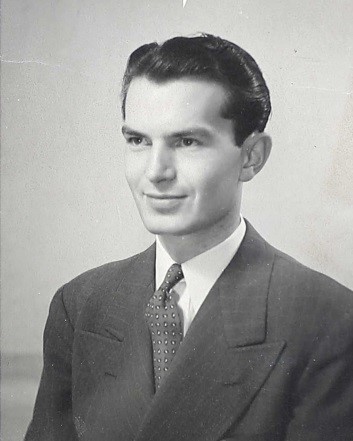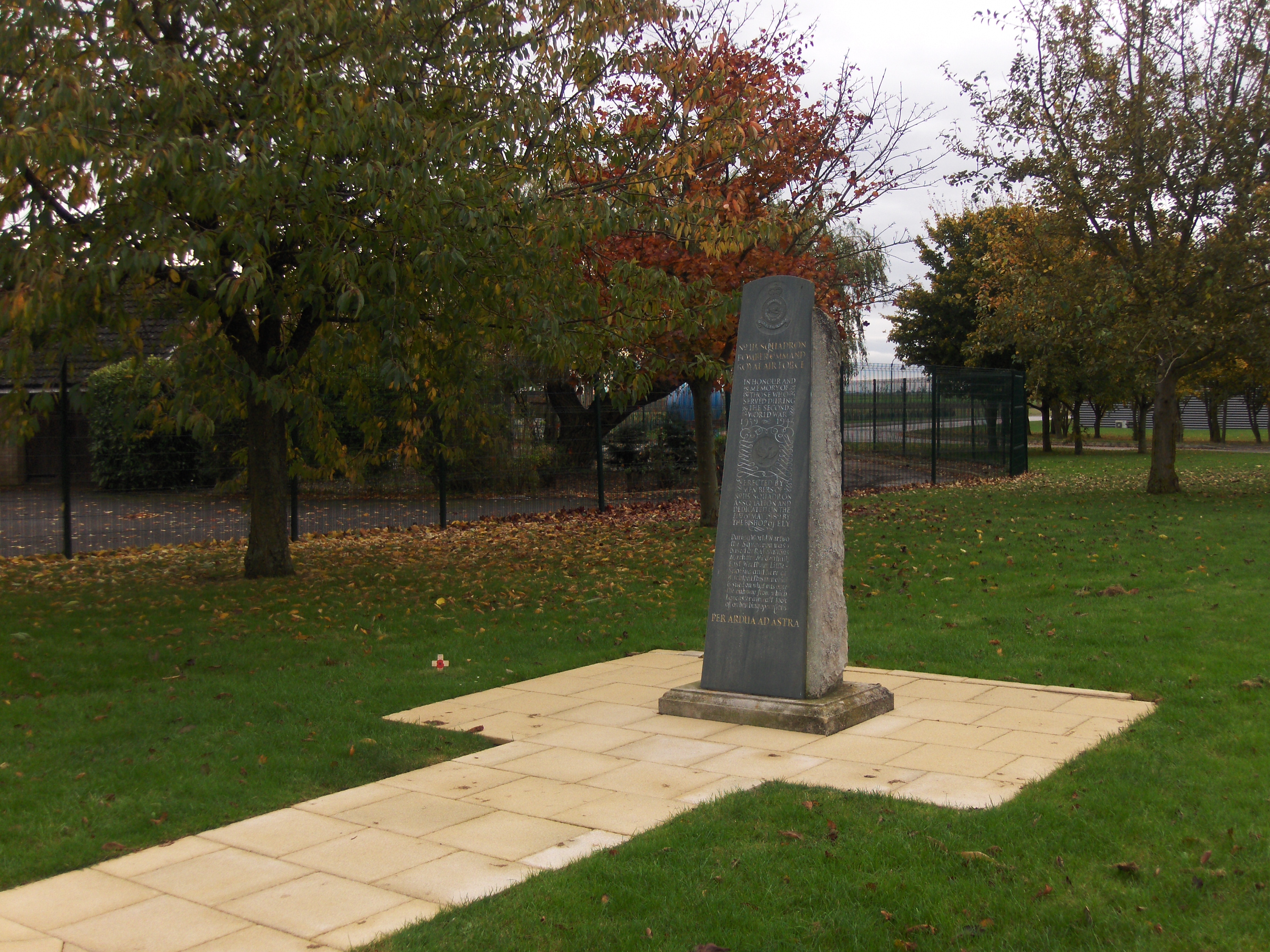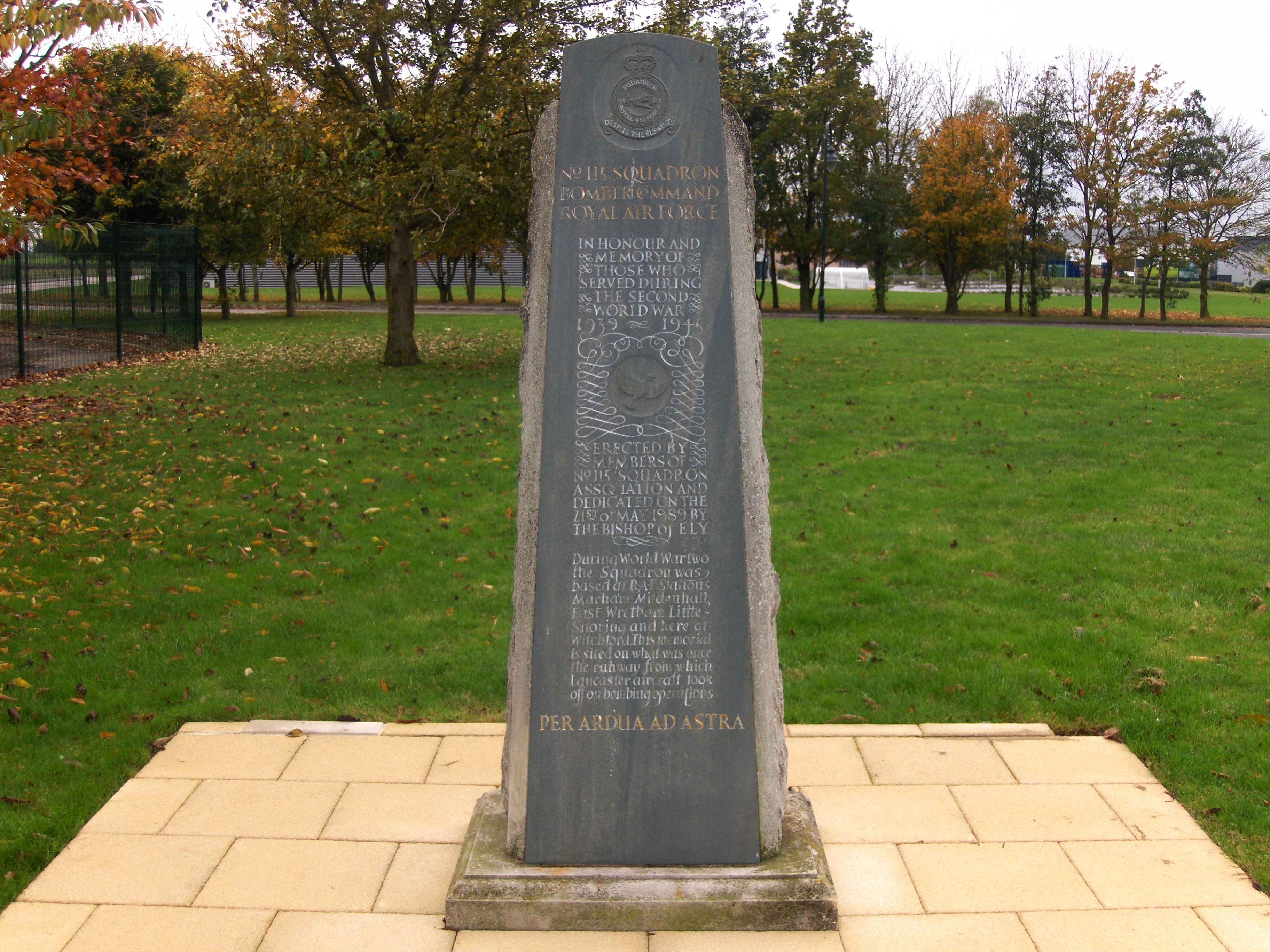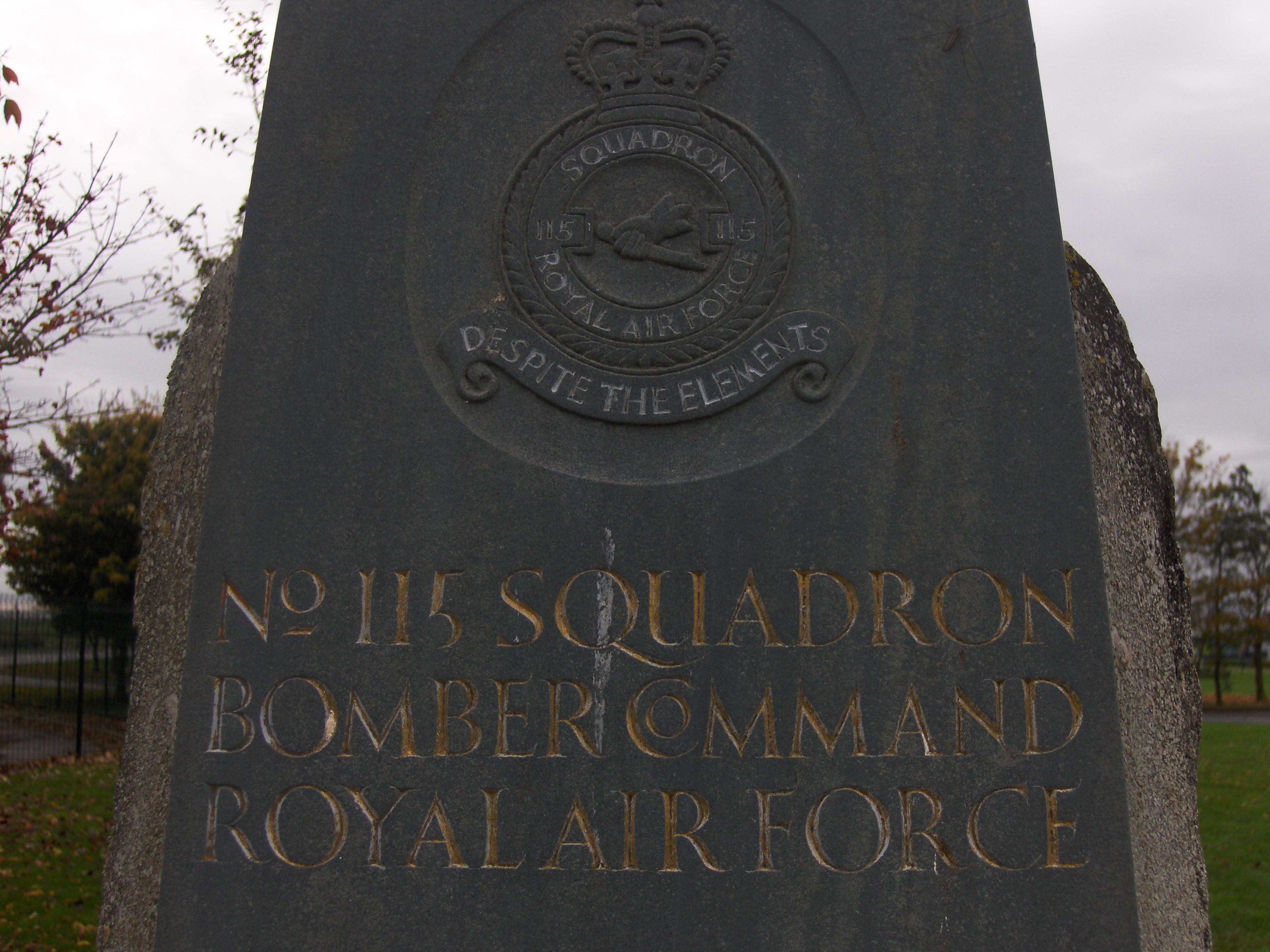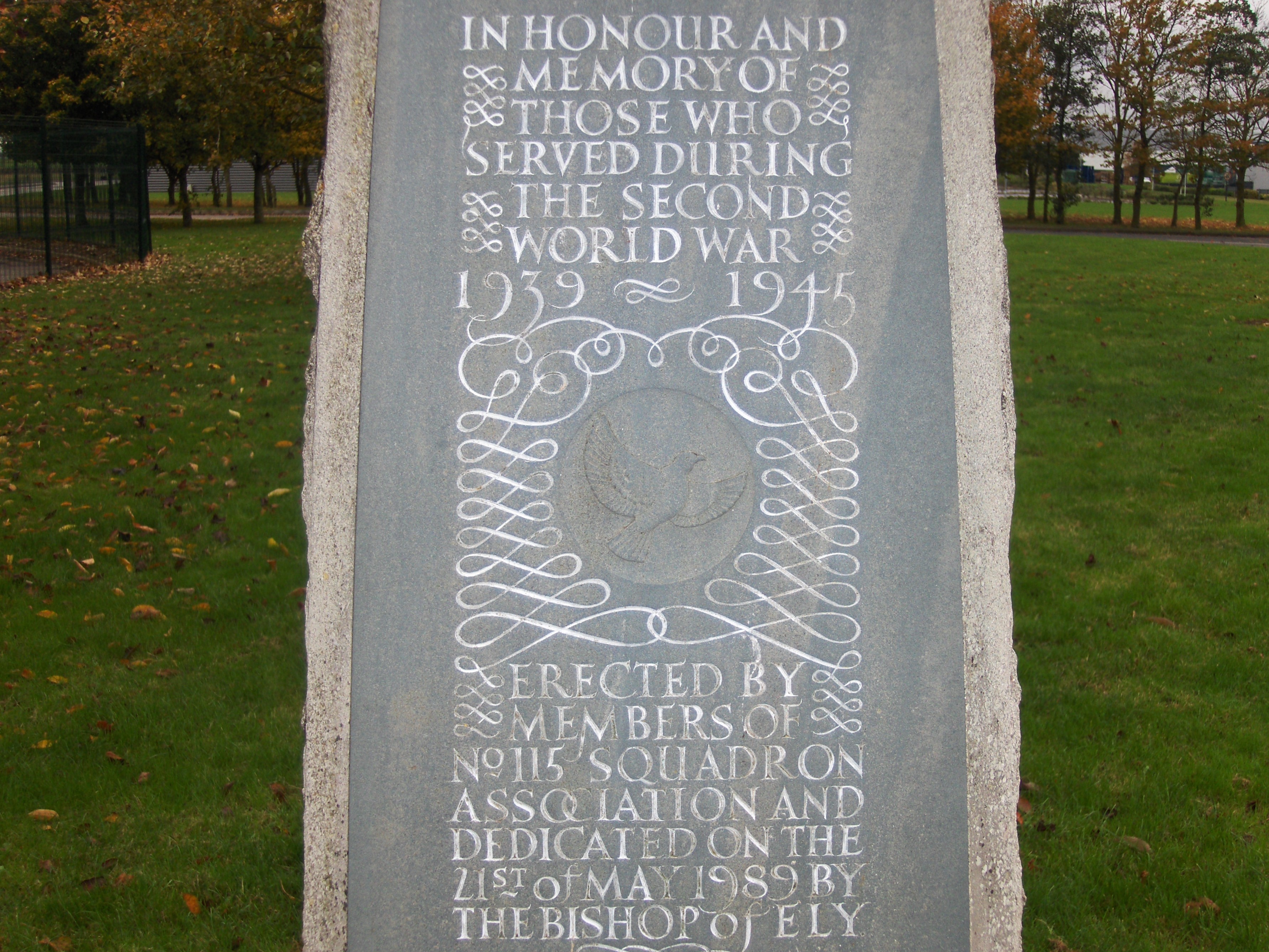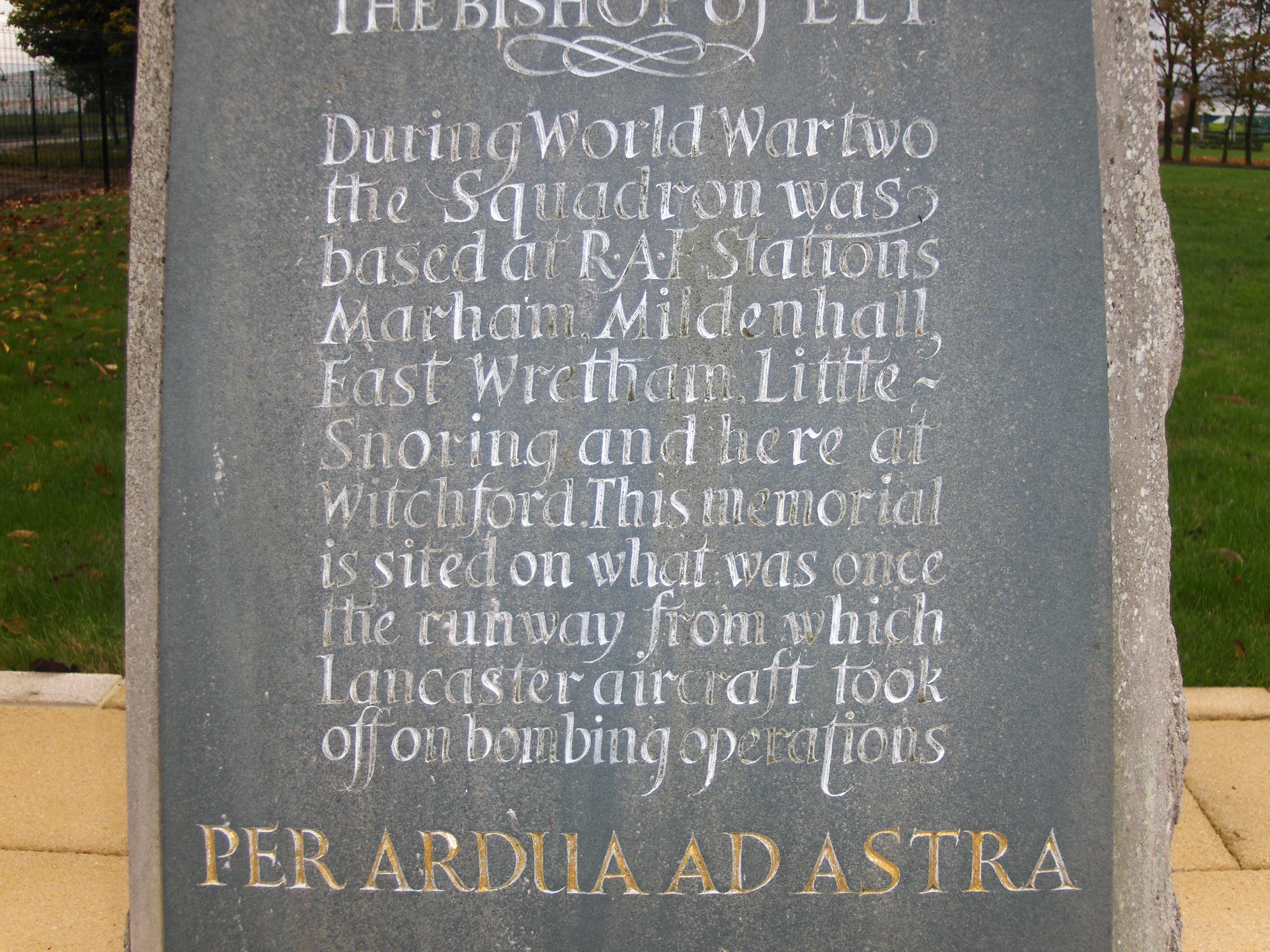Spring, Kenneth Loren
Personal Information
| Rank | W/O |
| Forename(s) | Kenneth Loren |
| Surname | Spring |
| Gender | M |
| Age | 24 |
| Decorations | |
| Date of Death | 12-06-1943 |
| Next of Kin | Son of Alfred Douglas Spring and Marie Spring (née Otterson), of Preeceville, Saskatchewan, Canada. |
Aircraft Information
| Aircraft | Avro Lancaster II |
| Serial Number | DS647 |
| Markings | KO-N |
Memorial Information
| Burial/Memorial Country | Netherlands |
| Burial/Memorial Place | Uden War Cemetery |
| Grave Reference | 5. F. 10. |
| Epitaph |
IBCC Memorial Information
| Phase | 2 |
| Panel Number | 246 |
Enlistment Information
| Service Number | R/102127 |
| Service | Royal Canadian Air Force |
| Group | 3 |
| Squadron | 115 |
| Trade | Navigator |
| Country of Origin | Canada |
Other Memorials
| Location | Spring Lake, Saskatchewan |
| Country | Canada |
| Memorial Type | Lake |
| Memorial Text |
| Location | Lancaster Industrial Estate, Witchford, Cambridgeshire |
| Country | United Kingdom |
| Memorial Type | Stone Pillar with inscribed Slate Tablets & Metal Plaques |
| Memorial Text | In honour of those who served during the Second World War 1939 - 1945 |
Miscellaneous Information
| Kenneth was born at North Battleford, Saskatchewan on 10 January 1919. His father (deceased by the time of Kenneth's enlistment), was born at Flint, Michigan, USA and was a retired coal and wood dealer. His mother, who was born at Preeceville, was also deceased. Kenneth attended Victoria School, Saskatchewan 1926-1933, Luther College, Regina 1933-1937 and was at Luther College again 1937/38 for end of year arts. His hobby was music (the trumpet) and sports swimming, tennis, baseball and hockey. With no next of kin he gave a friend, Miss Eileen Tate, as next of kin on his enlistment papers and later an aunt, Mrs. D Chapman, was added. Kenneth is shown as being a professional musician between 1938 and 1941 with a different employer each year. He then enlisted on 7 May 1941. |
| After training he was posted to the U.K. and embarked from Canada on 1 April 1942. He was then posted to 3 PRC on 15 April 1942, 9(0)AFU, 14 OTU 7 July, and 11 5 Squadron 30 September 1942. Sadly, Kenneth is next shown as losing his life on 12 June 1943 from 115 Squadron. |
Commonwealth War Graves Commission
The National Archives
| Record of Events (Operational Record Book) AIR 27/890/12 |
| Summary of Events (Operational Record Book) AIR 27/890/11 |
Fellow Servicemen
Last Operation Information
| Start Date | 11-06-1943 |
| End Date | 12-06-1943 |
| Takeoff Station | East Wretham |
| Day/Night Raid | Night (59% moon) |
| Operation | Düsseldorf. 783 aircraft. 38 losses (4.9%). PFF marking was accurate but one Mosquito inadvertently released some target indicators far from the target, confusing the main force and causing many bombs to fall in open countryside. Nevertheless, much damage was caused to the centre of Düsseldorf with at least 130 acres laid waste 1292 people were killed and 140000 people bombed out. 42 businesses that contributed to the war effort were put completely out of action and a further 35 were put on reduced output. 8 ships were sunk or damaged. |
| Reason for Loss | Shot down by a night-fighter and crashed near Mill, ENE of Uden, Holland |
